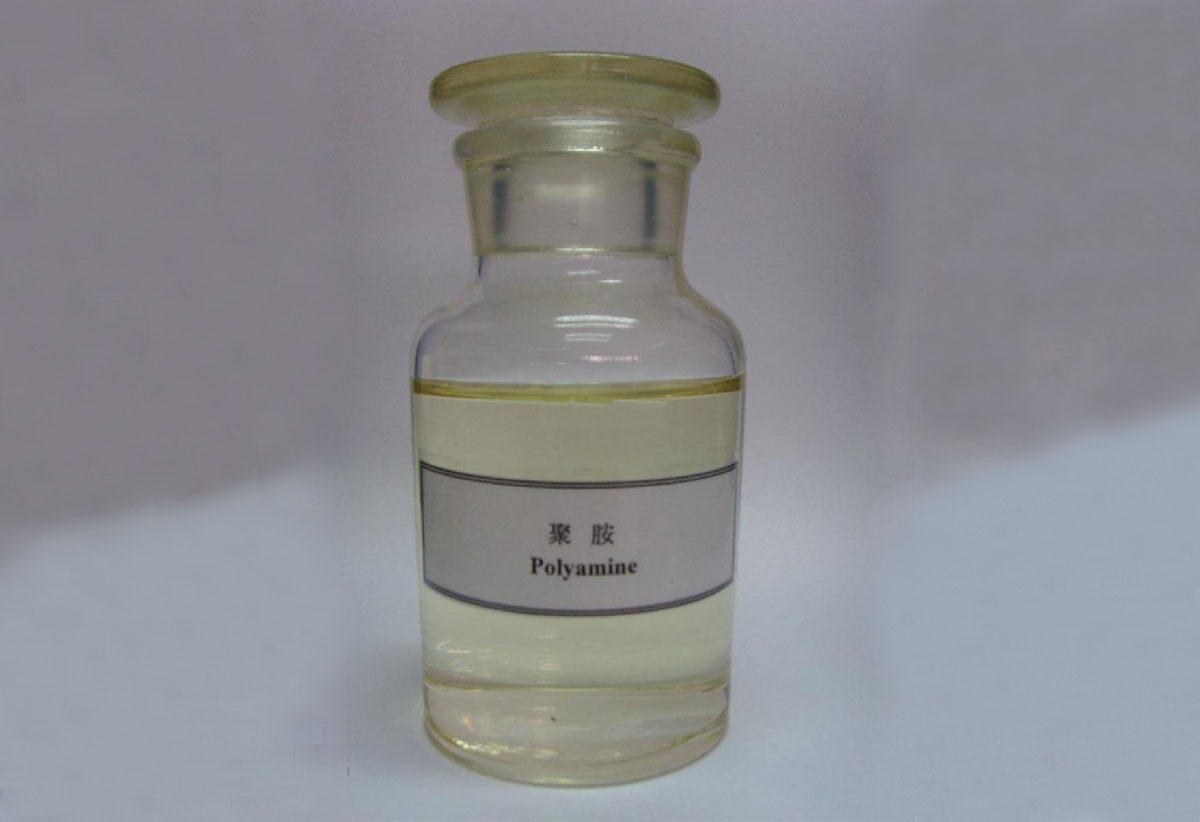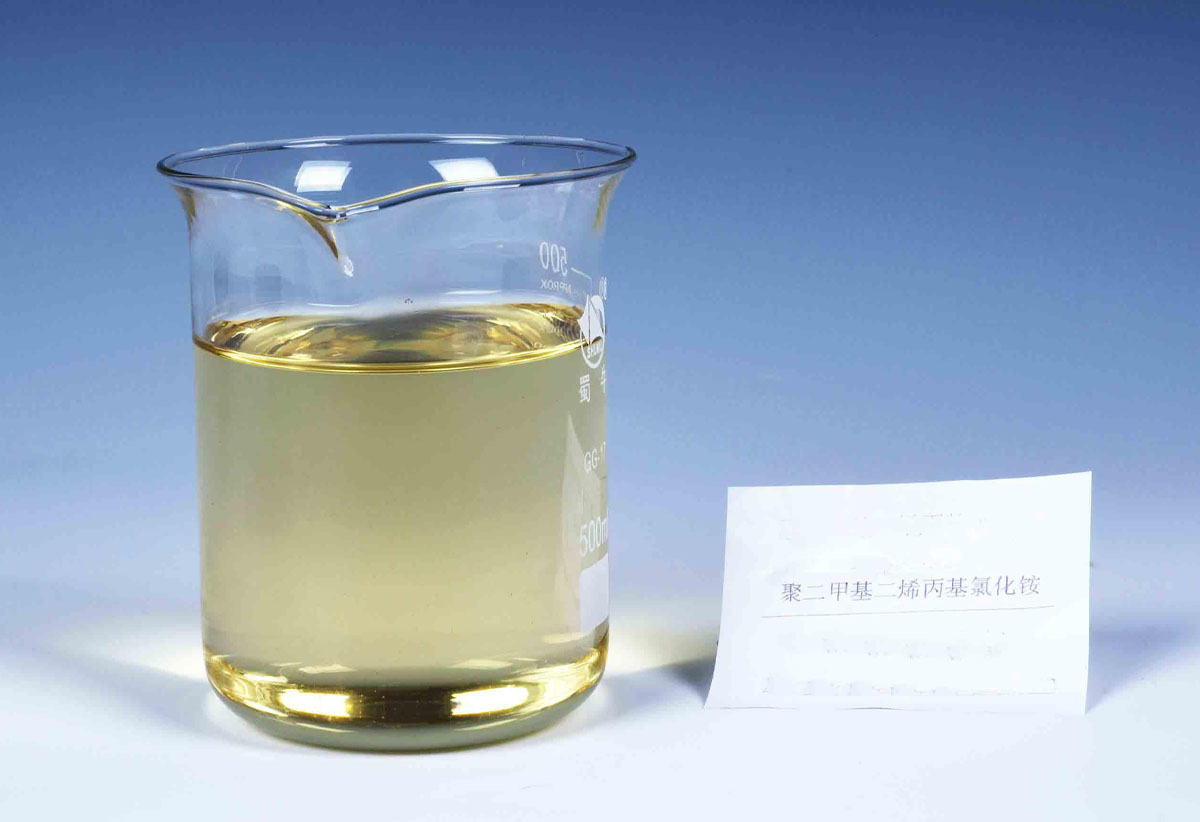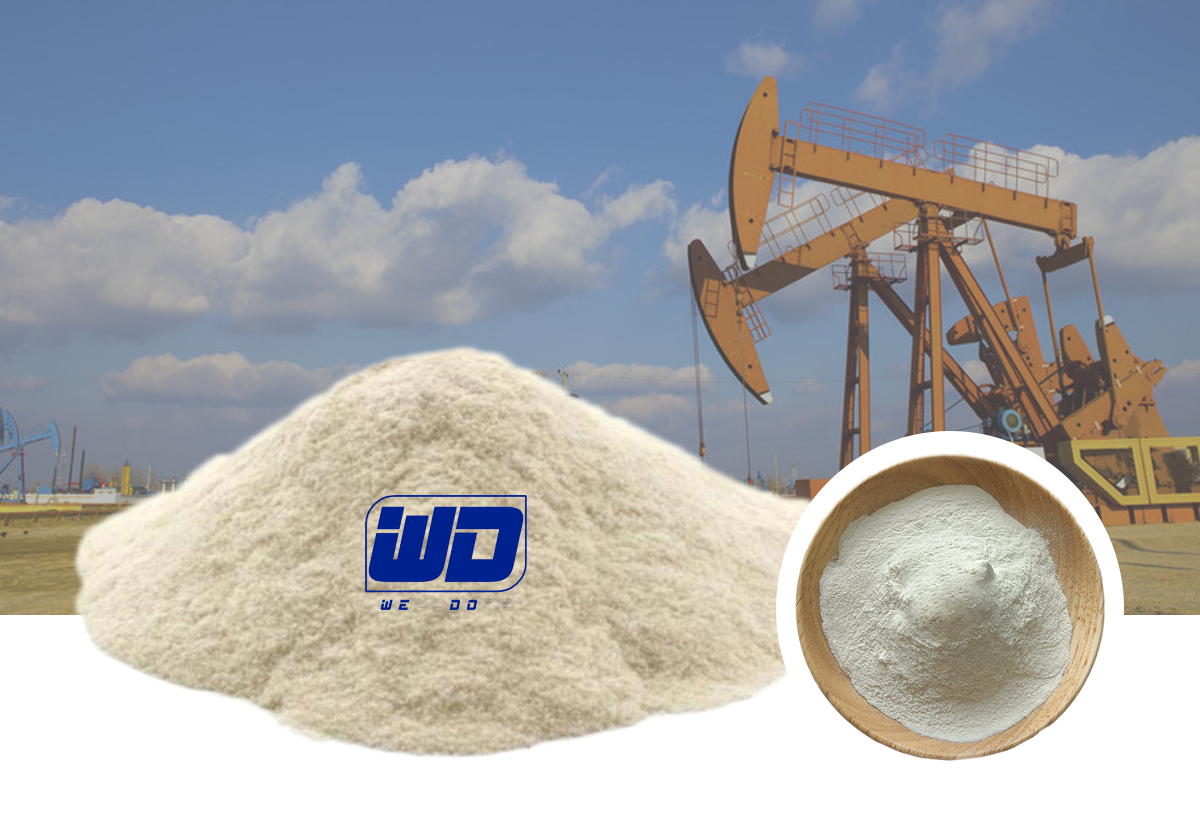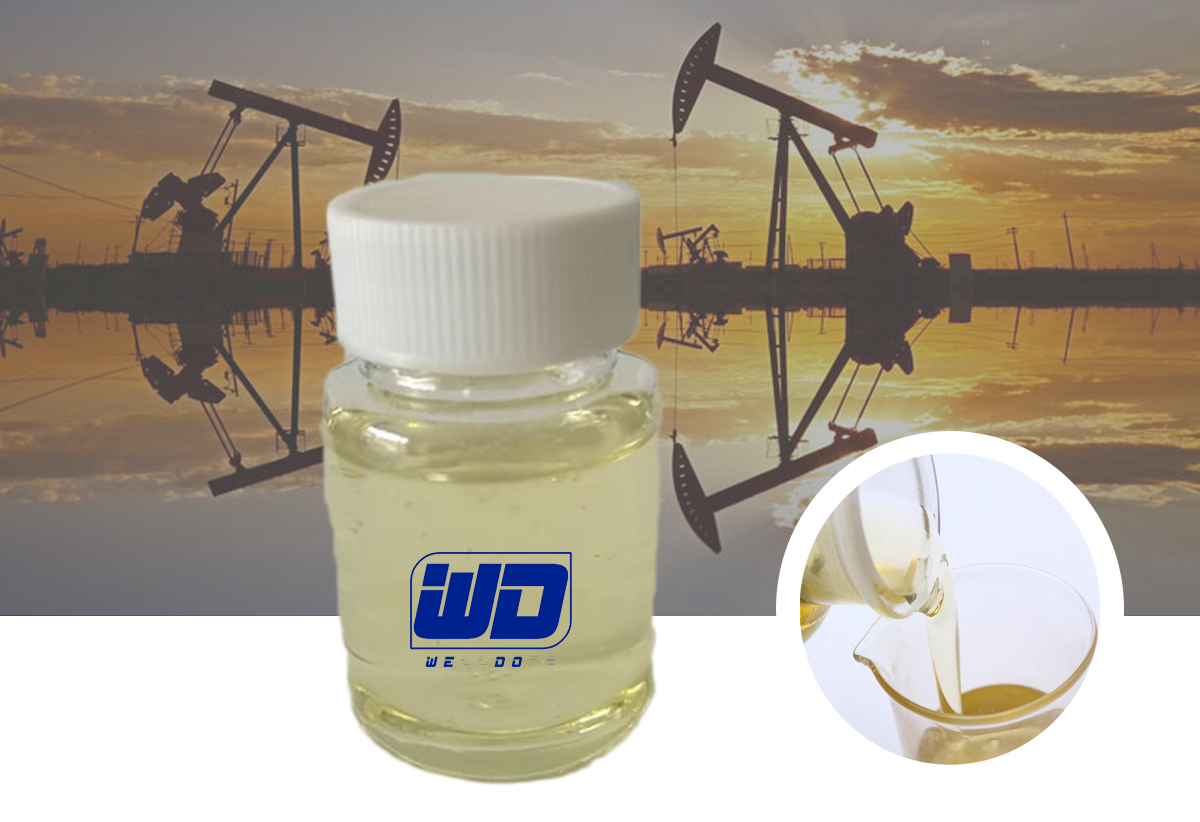Electronic circuit board wastewater mainly contains impurities such as suspended solids and heavy metal ions. These impurities need to be removed to meet the requirements of wastewater treatment. According to the principle of treatment process selection, anionic polyacrylamide (APAM) is usually selected as the flocculant.
Anionic polyacrylamide (APAM) is a negatively charged polymer that can combine with positively charged suspended solids and heavy metal ions to form larger particles and rapidly precipitate, thereby purifying wastewater.
Cationic polyacrylamide (CPAM) can also be combined with negatively charged suspended solids and heavy metal ions. However, in electronic circuit board wastewater, the charge properties of suspended solids and heavy metal ions are uncertain, so anionic polyacrylamide (APAM) is chosen. more common.
It should be noted that specific treatment plans need to be designed and implemented according to specific circumstances, including water quality analysis, process design, flocculant selection and preparation, treatment equipment selection and operation, etc. Therefore, in practical applications, selection and operation need to be made based on specific conditions.











